The History of Kai Tak River
The name “Kai Tak” was originated from the Kai Tak Bund development in the Kowloon City District in the early 20th century. Kai Tak River was continually modified to suit the development needs in the vicinity. After a century of transition, Kai Tak River has been geographically and also physically bonded with the neighboring districts and the Kowloon Peninsula. It has witnessed the development and changes of Hong Kong.
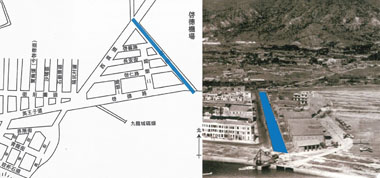
The first phase of Kai Tak reclamation for the residential district named Kai Tak Bund was completed in 1920 and the neighboring natural streams were connected to the sea through Kai Tak Nullah. In 1930s, Kai Tak Bund was re-developed by British Royal Air Forces as Kai Tak Airport.
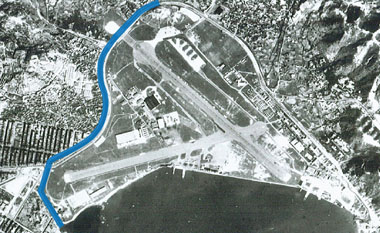
During WWII, buildings around Kai Tak Airport were demolished, including the whole boundary wall of Kowloon Walled City. At the same time, Kai Tak Nullah adjoining to the airport was extended. After the WWII, people started settling in Kowloon Walled City and constructed buildings. In 1993, the Government demolished Kowloon Walled City and it was replaced by Kowloon Walled City Park.
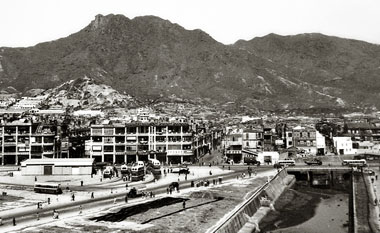
In the late 1950s, Kai Tak Nullah had undergone a series of changes following the urban development and extension of the Airport.
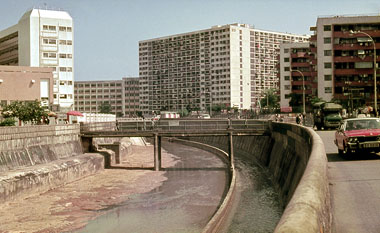
In the 1970s, there had been rapid industrial development at San Po Kong. Consequently, the industrial waste water discharged to Kai Tak Nullah had caused pollution. People also started living in the squatter huts constructed along Kai Tak Nullah.
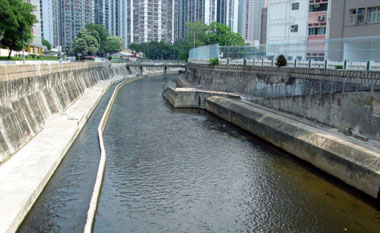
In the 1990s, the Government implemented a series of measures to improve the Nullah's water quality, such as constructing Dry Weather Flow Interceptors to divert polluted flow into the existing foul sewerage system, and implementing the “Tolo Harbour Effluent Export Scheme” where the treated effluent from Shatin and Tai Po Sewage Treatment Works was conveyed to the Nullah for a continuous flow.
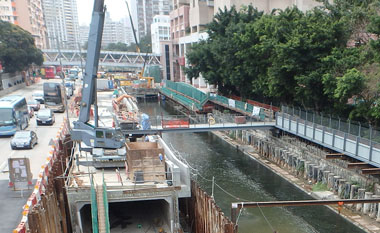
In the 2010s, the Government launched the project of reconstruction, improvement and rehabilitation of Kai Tak Nullah to improve the drainage capacity of Kai Tak Nullah and mitigate the flooding risk of neighboring areas. Moreover, the Government also took this opportunity to revitalize the Nullah into a green urban river corridor, “Kai Tak River”.
